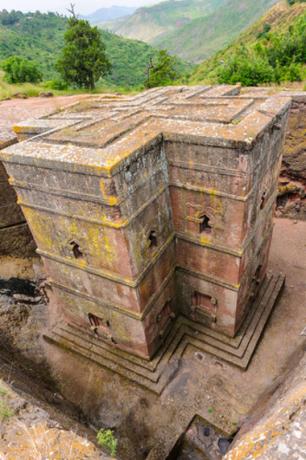African physical anthropologist and paleontologist born in Nairobi, Kenya, discoverer of one of the richest hominid fossil sites known, that of Koobi Fora (1970). Initially working as a safari guide (1963), he found a mandible of a hominid of the genus Australopithecus, which motivated him to follow the profession of the parents, archaeologists Mary Douglas and Louis Seymour Bazett Leakey, from important discoveries years before, in Olduvai Gorge, in Tanzania.
After a tertiary course in London, he returned to Kenya without going to university, when he heard about the Koobi Fora farm (1967) by Lake Rudolf, now Turkana. In a first search, he found several stone artifacts and over the next decade, he and his team found, in this place alone, almost 400 fossil remains of hominids, corresponding to about 230 individuals. Among the most striking discoveries in the scientific community was that of a skull of Homo habilis (1972), reconstituted in the from more than 300 fragments, with twice the brain capacity of Australopithecus and half the capacity of man modern. These discoveries made it possible to fill important gaps in the knowledge of East African Homo erectus.
These studies have been described in the books Origins (1977) and People of the Lake (1978), written in collaboration with Roger Lewin, in which he supports the theory that three million years ago, almost twice as much as previously thought, three types of hominids coexisted: Homo habilis, Australopithecus africanus and Australopithecus boisei, and that after the disappearance of the last two, the first would have evolved into Homo erectus, an ancestor of Homo sapiens. He became managing director of the National Museums of Kenya (1968) and published The Making of Mankind (1981).
Source: http://www.dec.ufcg.edu.br/biografias/
Order R - Biography - Brazil School
Source: Brazil School - https://brasilescola.uol.com.br/biografia/richard-erskine.htm

